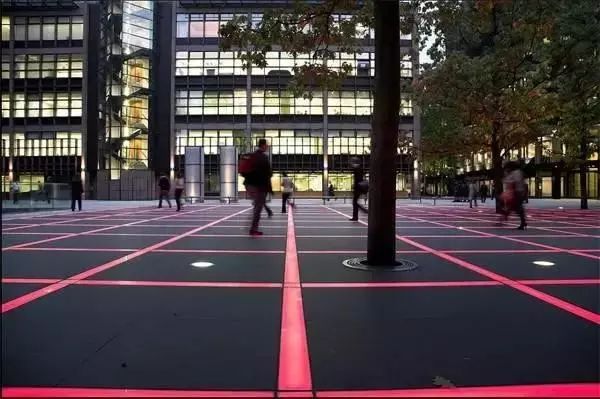
In each case, lighting is an important role, adding features such as visibility, safety, magic, and elaboration—or all. These results may not achieve the desired effect due to regional and budget constraints.
Hoofddorp Bridge
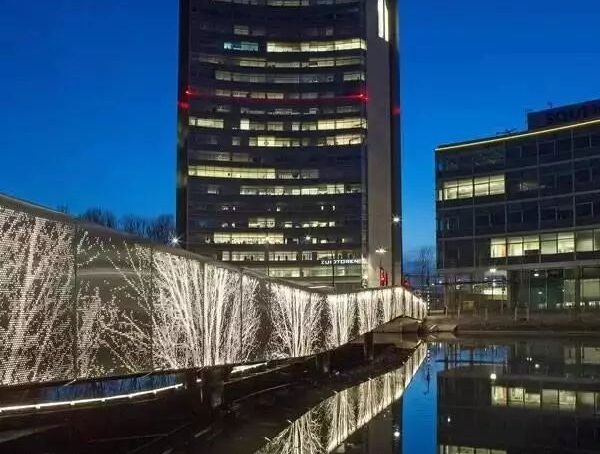
This Dutch footbridge won the 2015 LAMP Lighting Design Solution Award. The lighting makes this project very peculiar, how did it come into being? Perforations on stainless steel railings. During the day, these small holes are not obvious, but when the night comes, the LED lights installed at the rear will illuminate them, forming a branch shape, inspired by local poplar trees. These lights are not only decorations, but also erase the need for lamp posts. Here, the lighting not only adds additional functions, but also has a beautiful effect.
Torico Square, Teruel, Spain
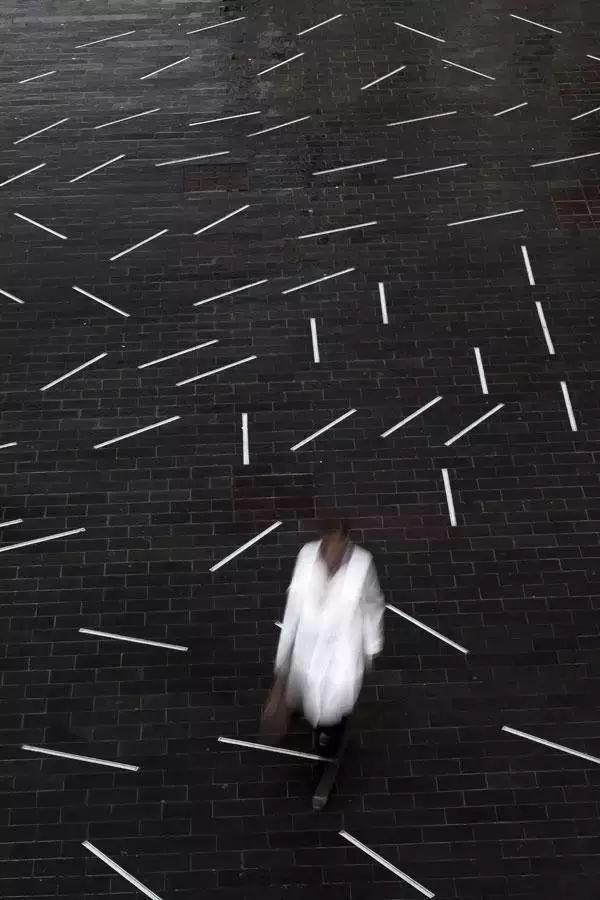
In 2007, b720 Fermín Vázquez Arquitecto was commissioned to restore Torico Square. Water is the core of the space. Artec3, a lighting design company in Barcelona, has designed a lighting scheme that uses color-changing RGB lamps (inlaid on the asphalt pavement of the square) to simulate water flow. The existing system has also been preserved to connect the square to other parts of the historic city center. At the same time, the fountain is also illuminated by a narrow LED projector and 150-watt HID ceramic lamps. Although the initial stage of the project was difficult, it also looked forward to using innovative technologies to promote development.
Rootstein Hopkins Parade Ground exhibition space, Chelsea School of Art and Design, London, UK
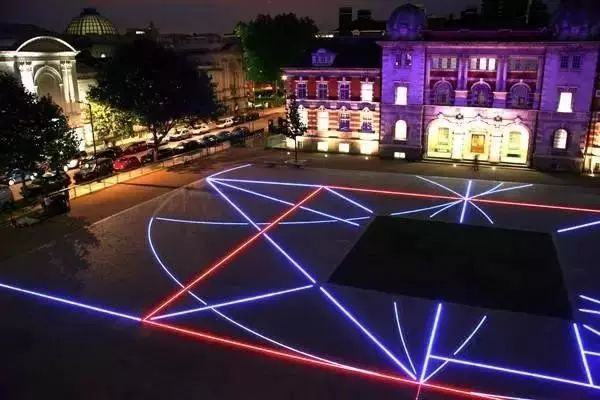
When limited by the choice of soft and hard landscapes, the foreground lighting design can be considered in the design. Plant Earth’s award-winning project uses color-changing LED lights to depict the iconic Fibonacci spiral, and the gray granite pavement allows people to enjoy an all-round, dynamic and atmospheric space.
Finsbury Avenue Square in London, UK

Today, Finsbury Avenue Square has become a busy and popular space-but before restoration in 2001, the square was dark and unfriendly and underutilized. The feature of the reconstruction project is the light matrix embedded on the ground, and the frosted glass strips embedded with LED lights are arranged into a grid to cater to the design of the square bench. There are more than 100,000 LED lights in the space, and the pattern is constantly changing, showing how the lighting design can improve a space specification.
Aspire lighting project in Sydney, Australia
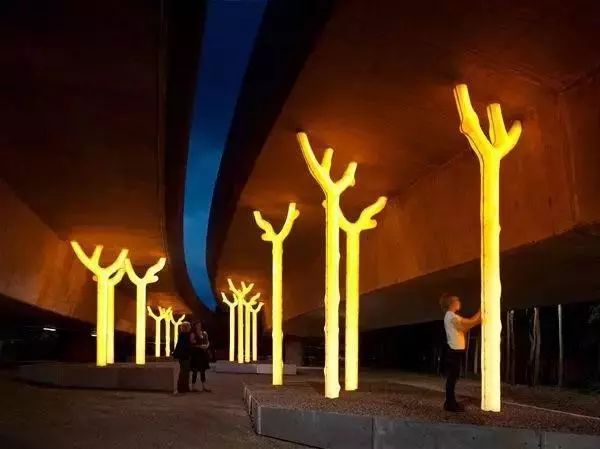
The Sydney Aspire lighting project is a luminous forest composed of high-density polyethylene, steel and LED lights. The City of Sydney commissioned artist Warren Langley to revitalize a highway underpass, and these trees serve this purpose and are used to support the road above. This public art installation refers to a community activity to protect local buildings to be destroyed. This installation is very strong in the sun, but it expands their influence, making it safer and more attractive for people to walk in the underground passage, ensuring that the work of art can be seen from a distance.
Grand Canal Square, Dublin, Ireland
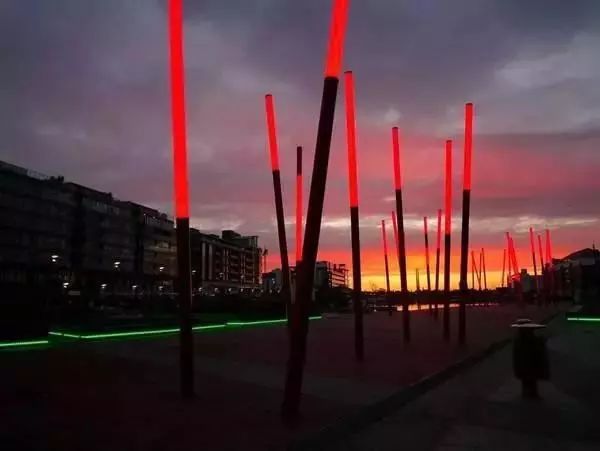
The Grand Canal Square was opened in 2007. It is the largest and most innovative paved public space in Ireland and a key element in the regeneration of Dublin Docklands.
The red Plexiglas carpet extends from the square to the pier, with green carpets composed of lawns and vegetation interspersed in between, reminding people of the Irish rural landscape. The red column stands on the ground at any angle, adding height, influence and interest. At the same time, the marble pavement provides a flexible space for festivals and performances.
It is colorful and six-colored during the day and will be active at night. The red resin pavement lights are embedded LED lights, and the green carpet is also illuminated by LED lights to guide people across the ground, while the slanted red pillar is covered with luminous red acrylic sleeves. The motion sensor in the column is an interactive element. The lighting design ensures that this space is alive during the day and night, making it an interactive revival space.
Starry Bike Path in Eindhoven, Netherlands
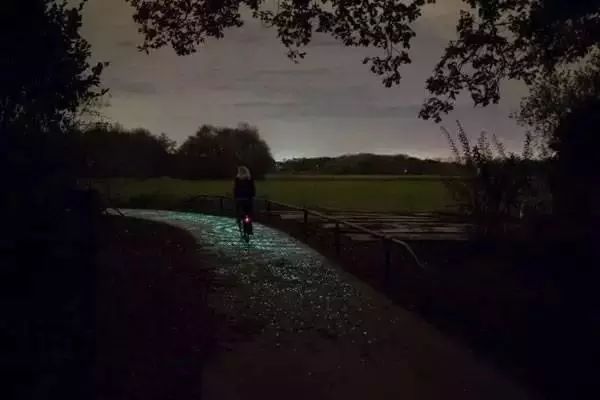
The solar-powered bicycle path in Eindhoven was designed by Van Gogh’s “Starry Point” work and was built in 2015 to commemorate the 125th anniversary of his death. Although this road looks ordinary during the day, it will glow with solar-powered LED lights, 50,000 lights, and phosphorescent painted stones at night. This 700,000 euros road will make this bike path safer and more interesting, and will have a wider impact, attract tourists, and prove the city’s innovative power. Although this road has only existed for a period of time, it is of great significance.
Strijp-S in Eindhoven, The Netherlands
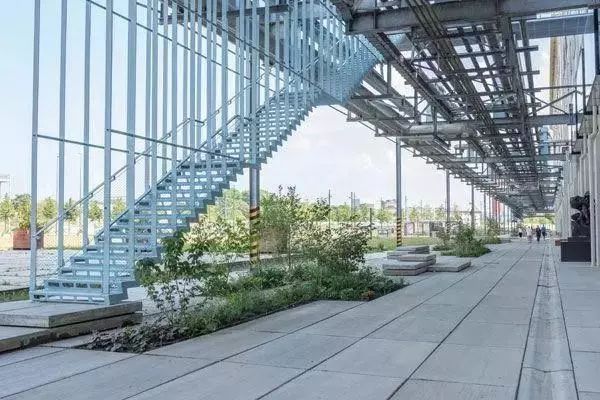
Strijps-S is transformed from the last Philips factory in Europe, with outstanding lighting design. Landscape design firm Carve, landscape designer Piet Oudolf, lighting designer Har Hollands and public space expert Deltavormgroep worked together to complete the project, transforming this old factory into a modern residential development area. The lighting emphasizes the architectural aspect, especially the pipes of Pipe Street, which are illuminated by the colorful LED light bars below. The changes in the lighting sequence emphasize different elements and clarify the scheme.
Hyllie Square, Malmö, Sweden

Hyllie Plaza was completed in 2010. It is a beech forest that grows from 12 parallel flower beds in a hard landscape of granite and concrete. The lighting scheme adds a touch of fantasy to this symbolic landscape: 16 meters above the trees is the starry sky, and 2,800 light-emitting diodes are suspended on a 1,800-meter-long steel wire to create a lighting scene, regardless of seasons and conditions.
Perikleous Street, Athens, Greece
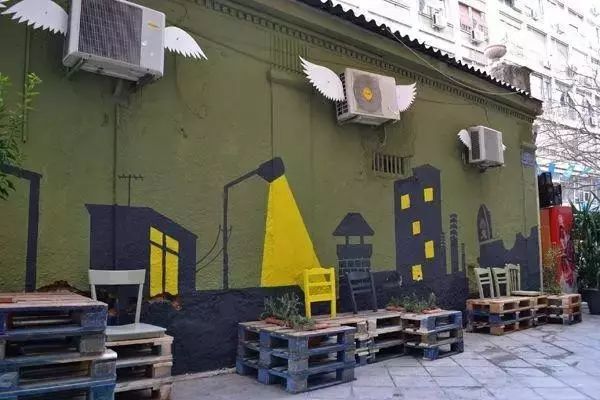
The public intervention on Perikleous Street was completed only one day in January 2014. After 3 weeks of planning by Atenistas, local business owners, residents and public lighting departments, 40 volunteers helped to complete it. Although the city’s lighting engineers installed new lights in the alleys, the volunteers also spray-painted an interesting city night scene mural depicting lamp posts and bright buildings. Lighting can also be cheap, and effective ways can be used to make a space safer.
What can we learn from the above 10 projects?
People will be surprised that these designs are suitable for each area: in the Grand Canal project, the protruding light rods are balanced by the gentle lighting on the ground level, and only certain elements in the Strijp-S scheme.
This sense of suitability extends to environmental management: Although advances in lighting technology can help manage the problem of overuse of energy, lighting pollution requires us to balance the needs of safety and visibility, and reduce the negative impact of excessive lighting on the environment. When we can intelligently use lighting as a key element of landscape design, the rewards are huge.
